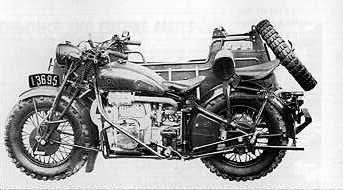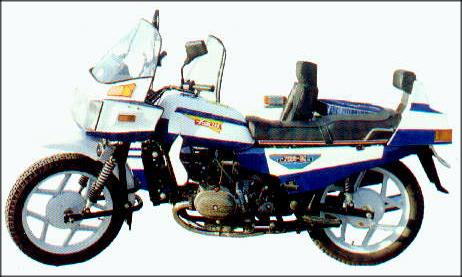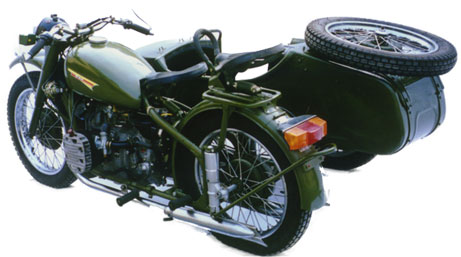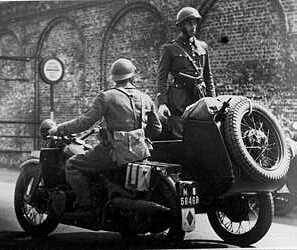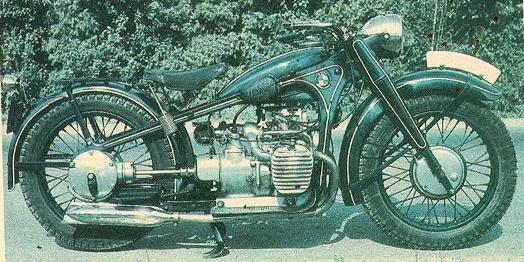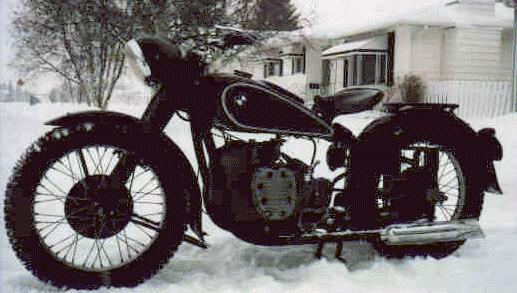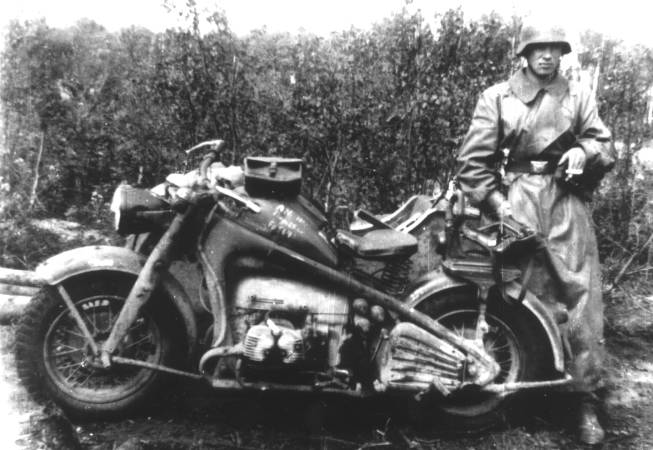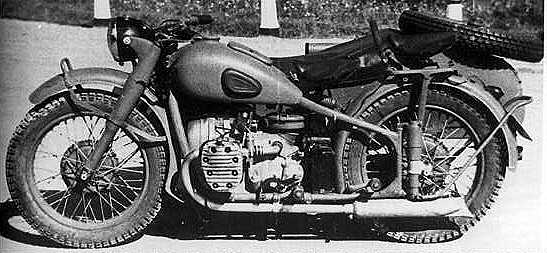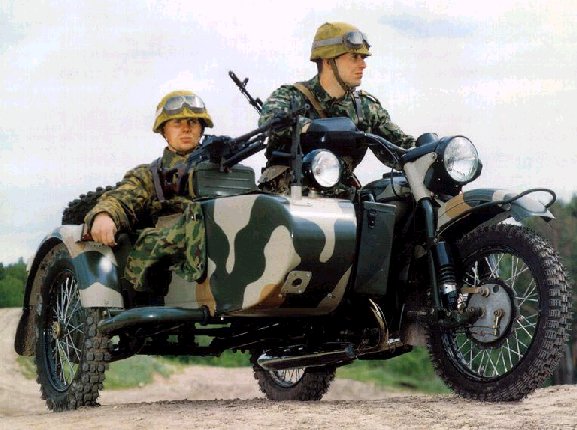Almost everyone you meet reckons that the Russian Ural and sidecar is a wartime copy of a captured BMW R75. Well romantic as the notion maybe the fact is that even if the Russians did capture some German sidecars (and early in the war the Russians lost vastly more men and materiel than they ever captured) they were too busy moving all their factories behind the Ural mountains to tool up for an R75 copy. Besides that, tanks, guns and ammunition were way ahead on the production schedule.
Where did the inspiration come from? Were the Germans the sidecar pioneers we tend to believe? Lets go back a bit to 1937, before the war.
Looking at the military outfits in production it was probably FN that inspired the BMW and Zundapp military outfits. Even Puch tried to build one until the Nazis asked them politely to concentrate on other war essentials. The Belgian FN M12 outfit of 1937 had sidecar wheel drive, high and low ratio and reverse gearbox, additional filtration, interchangeable wheels and cross country tyres. A range of sidecars were produced with or without armoured shields. These outfits were so good that after the Nazi invasion the Wehrmacht kept these machines in production.
The French, always adaptable, were quite taken by the Belgian idea and Gnome-Rhone produced a Boxer twin outfit from 1938-40, the sv AX2 800cc. This outfit also featured a reverse gear and a shaft drive to the sidecar wheel. Again the Wehrmacht was impressed and continued production after conquering France in 1940. It wouldn’t surprise me if these machines are at times mistaken for BMWs or Zundapps under their camouflage and Wehrmacht markings. There are suggestions that France built more military outfits for the German war effort than BMW and Zundapp combined. It wasn’t until the autumn of 1940 that the BMW R75 and Zundapp KS750 models were introduced with similar features to the Belgian and French models.
The yanks were taken by these machines as well after capturing a few in North Africa. The Harley XA prototype was based on the BMW and Zundapp models but in particular a captured 750cc BMW R12. Wherever possible the XA was kept common to the WLA and a sidecar version the XS was prepared. The Jeep killed off this particular venture after 1000 machines were built. However much we like our outfits when it comes to war…4 wheels are better than 3.
Back to the Russians……where did their sidecar outfit come from? Well in 1938 they were licensed by BMW to produce copies of the BMW R71 as the M-72, a side-valve boxer which received some additional work such as extra finning to cope with Russian conditions. This machine was produced during the war (though niceties such as paying royalties to BMW were no doubt overlooked by then). Production continued after the war as the K750. Unlike the war-time BMWs and Zundapps, the Russian model was not OHV, did not have sidecar wheel drive or inter-connected brakes, but remained in production until 1983. In 1968 Ural produced the ubiquitous 650cc OHV flat twin which is still with us today in various forms.
Interestingly the Swiss also built late in the war their own flat twin sidecar outfits…. the Condor A-750 side-valves.
So only Germany led with OHV in these machines the others all went for side valves and Russia didn’t copy the R75 and KS750 during the war as production
limitations were pretty severe but probably did capture a heap and use them in Russian markings, especially in films after the war.
Russian Irbit and Kiev side valve machines were built from the early 50s. A 650cc OHV model based on the BMW was built from 1968 and is more commonly known as the Dnepr, Neval, Phoenix or Cossack in Western markets. Chinese machines are based on the early Russian side-valve model and also the later OHV
650. I imagine they are direct copies of the Russian versions. The Chang Jiang certainly looks like the Russian side-valve motor. The more up-market Chang Dong uses an OHV boxer twin.
Murray Barnard
